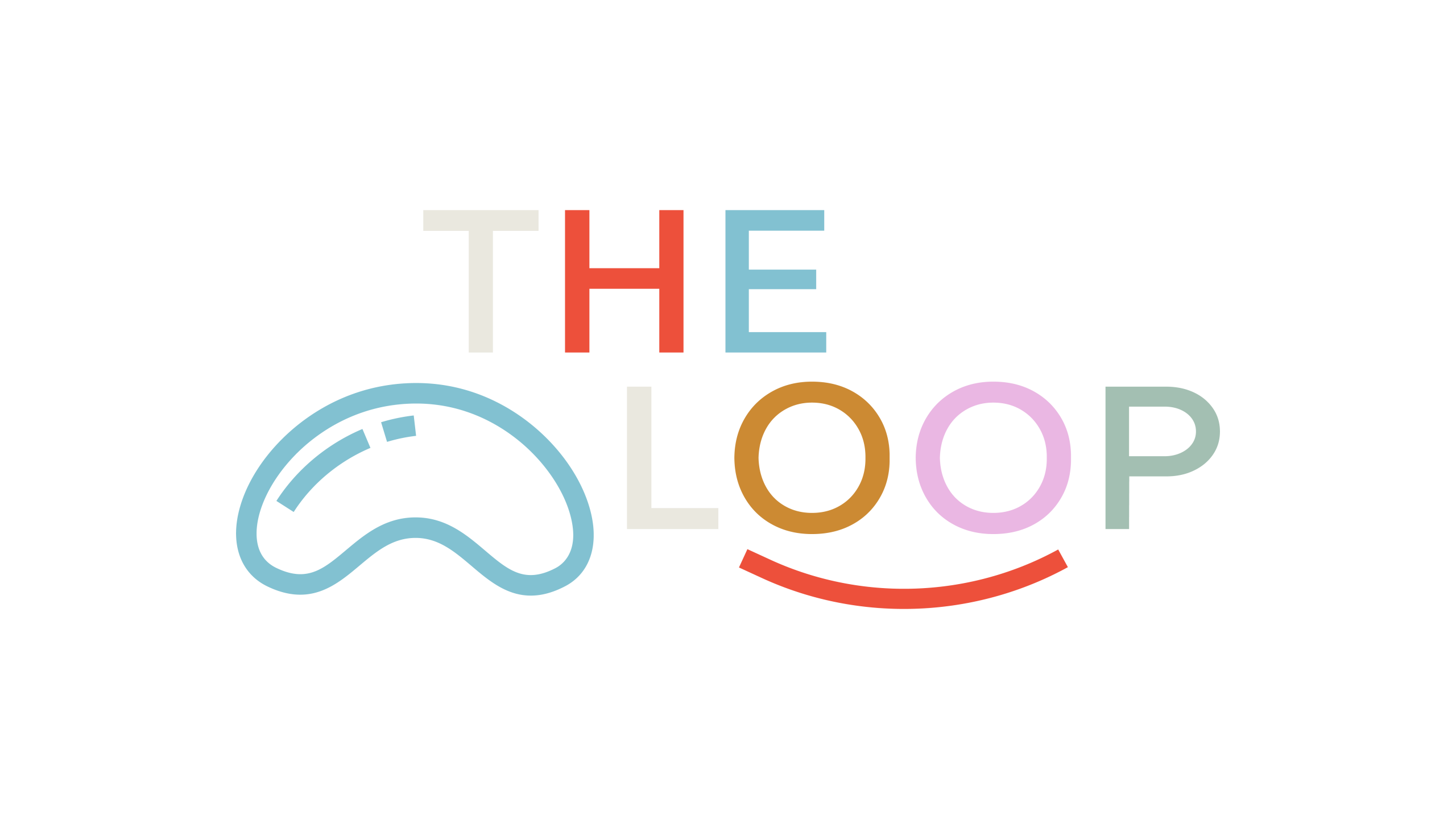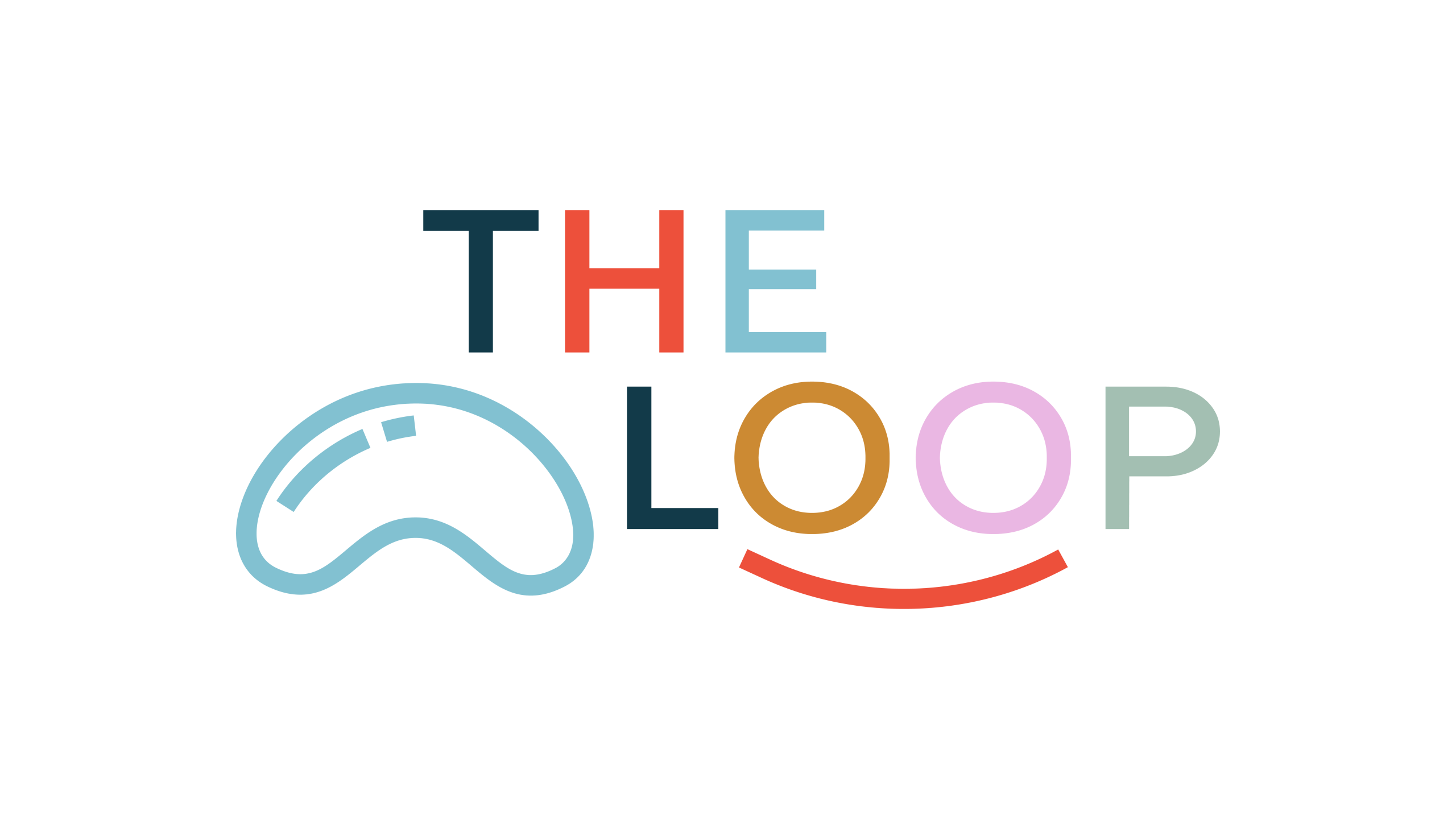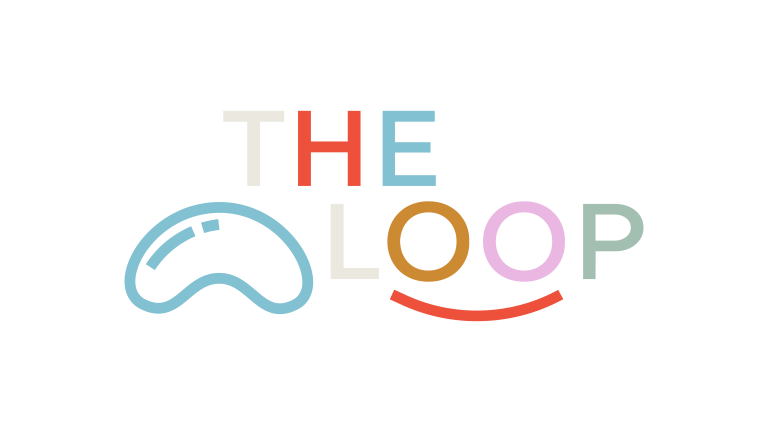
Sometimes, you just need a plan. If you’re a parent with a child in the school system, you’ve probably got plans in place for many aspects of your life. Between meal planning, planning for drops off, pick ups, or bus schedules, plans for homework, extracurriculars, and chores…it sometimes feels like your plans are making plans!
If you have a child who needs extra educational support—thankfully, you don’t need to make that plan all by yourself. For students who need additional help in school, there are structures in place to ensure they have access to what they need to thrive in their school experience.
You may have heard the term, IEP kicked around a bit, but you may not be certain what this acronym means. And, most people outside of the educational field are unfamiliar with a 504 plan, unless your school already has one in place for your child.
If you feel a bit lost in understanding the various educational support plans available for your child, as well as how they compare and contrast to one another—this article’s for you.
In it, we’ll take a deep dive into examining the similarities and differences between IEPs and 504 plans, as well as taking the time to gain a deeper understanding of the unique facets of each approach, and whose educational needs they’re designed to serve.
Let’s start by unpacking the info on IEPs.
What is an IEP?
In the educational system, we love a good acronym. We often joke that we can hold entire conversations, just using these profession-specific shortcuts.
But, for those not in educational or therapeutic fields, these terms can seem like confusing ciphers. What do they actually mean?!
IEP is shorthand for an Individualized Education Program. This program (or plan) represents a legal document, guaranteeing a child’s right to specific special educational supports and services. It can be put in place for students from grades PreK through 12.
An IEP is like an educational roadmap, created just for your child by their educational team with input from you.
It’s a written document that lays out your child’s learning goals, the services that will be provided to help them reach these goals and any accommodations or modifications that will be made to promote your child’s learning. It’s based, in large part, on your child’s current level of academic performance, and thorough assessments that have been conducted and reviewed.
Your child’s IEP will also include a plan for the timing of any learning support services they receive, as well as how your child will participate in general educational classes and activities with their same-aged peers.
These comprehensive plans are regulated by the Individuals With Disabilities Education Act, or IDEA. This law ensures people with disabilities have access to appropriate education, including free access to necessary learning support services, special education, and therapy services, in order to participate as fully as possible in their educational experience.
In order to qualify for an IEP, a student must meet two specific requirement—
They must have a diagnosis from one or more of the 13 disability categories, covered under IDEA. These are—
Deafness
Visual impairments (including blindness)
Hearing impairments
Traumatic brain injury
Intellectual disability
Specific learning disability (including issues like dyslexia)
Emotional disturbance (including depression, OCD, bipolar disorder)
Deaf-blindness
Orthopedic impairments
Multiple disabilities
Other health impairments (such as ADHD)
The student’s educational performance and capacity must be impacted by their disability, necessitating specialized learning supports and instruction to participate in school.
If these requirements are met, a student is automatically eligible to receive services under the provisions set forth under IDEA. From here, an IEP team is established, with the goal of setting up an individualized educational plan to target the special educational needs of the student in question, as well as all the ways this plan will be enacted.
A mandatory IEP team must include several key members, and will hold regular meetings to track and report upon the student’s progress and make any modifications or adjustments to ensure the plan is meeting the child’s specific needs. In addition to this, one of the rules for an IEP states that a student’s plan must be reviewed once each year, and reevaluated once every three years, to ensure the student continues to meet the requirements to qualify.
The IEP team must include—
A parent or guardian of the child
A specialist who’s trained to review and interpret evaluation results (like a school psychologist)
One or more of the student’s general education teachers
At least one special educational professional
A representative from the school district who oversees special educational services
You may be thinking an IEP sounds like a pretty strict, involved process—and it is. But, an IEP can also be extremely beneficial for the students and households who qualify for them.
For one thing, an IEP is an extremely structured program to ensure a student with a disability does not slip through the cracks of the educational system. These children have as much right as any to receive a robust, full educational experience. An IEP can help them access it.
Additionally, an IEP comes with legal protections for the families of the children it serves. For example, if a disagreement arises about service provisions, a family has the right to compel the school to continue to provide services to their child until the dispute is resolved.
IEPs also benefit schools, as states receive additional funding for students with IEPs.
Now that you know much more about IEPs, let’s take a look at 504 plans. I think you’ll notice some key differences as well as some similarities between these two programs.
What is a 504 plan?
A 504 plan offers families another pathway to obtain necessary accommodations and modifications for their child in school. Like an IEP, a 504 plan comes with no out of pocket cost to families.
Also like IEPs, 504 plans arose out of a law, designed to protect the rights of people with disabilities and ensure they have access to the learning support services they require to remove or reduce any obstacles to a full, robust educational experience.
In the case of 504 plans, the relevant legislation lies in section 504 of the Rehabilitation Act of 1973 (hence the name). This federal law is a cornerstone of the civil rights movement, and is focused on stopping people with disabilities from being discriminated against.
While both programs are in place to promote the learning experience of students with disabilities, the 504 plan does not cover specific instructions from a specialist (like a speech-language pathologist or learning specialist). A 504 plan also utilizes a broader definition of which students can qualify to receive accommodations and modifications.
To qualify for a 504 plan, a student can have any disability that’s deemed to present a barrier to their ability to learn and participate in a general education classroom.
The rules that govern the structure of a 504 plan are also a lot looser than those required for an IEP so many more children are eligible to receive educational accommodations and modifications under a 504 plan than an IEP. This is wonderful news for families with a child who doesn’t qualify for an IEP but would still greatly benefit from receiving additional accommodations and modifications in school.
Typically, a 504 plan will include an individual responsible for making sure the plan is implemented as it should be, as well as identifying the individuals who will be responsible for providing any services needed. Additionally, the plan will include a description of the specific accommodations, supports, and services the student will receive.
Because it is best practice to review the educational plans and programs we put into place, to ensure they’re continuing to meet the needs of the students they were created to serve—504 plans are reassessed and renewed every year.
Now that you’ve learned about the two primary educational plans available to your child, we wanted to take the time to address some common misconceptions about special education.
What are some misconceptions about special education services?
If your child has special educational needs, you may struggle with this label. Many people unknowingly believe common myths about special education that we strive to address and overcome, because we know that these services are a vital part of learning for a variety of kids.
At The Loop, we believe every child deserves the right to a full educational experience. And, in many cases, special educational services are the ideal way to achieve this goal.
For one thing, many people imagine special education takes place apart from the typical classroom setting. While this used to be more true, nowadays, we strive to provide education to students in the least restrictive, most inclusive environment possible. Today, most students with learning disabilities spend the bulk of their school days in their regular classrooms.
Some parents worry if their child qualifies for special educational services that this “label” will haunt them the rest of their days. In reality, we’re much more accepting and aware of children with learning differences than we once were. Also, a diagnosis can be scary for a parent to hear—but it’s also an important way your child qualifies for extra support. And we would never reduce your child to a diagnostic label.
You may imagine special education is only appropriate for kids with severe physical and intellectual disabilities. This isn’t the case at all. Now that we’re much better at identifying and diagnosing children with specific learning disabilities, like dyslexia, these students have access to the extra support they need to learn and thrive in school.
Maybe you believe securing your child access to the services they require will feel like a never-ending battle. Today, millions of kids receive special education services in this country. Now that you know more about the laws to ensure service provision—you’re better equipped to know your child’s rights. And, if you do run into an issue and need someone in your corner—we offer educational consultancy and advocacy services. So you won’t have to go it alone.
There are so many myths that surround the provision of special educational services. If you hold any of them—you’re not alone! But, it’s important to educate yourself on what special education truly is and can offer your child. You’ll probably be pleasantly surprised to find it isn’t what you envisioned, at all!
If you have any concerns or questions about special education, learning support services, or therapeutic services and your child—we’re happy to help provide any information and insight you need. We believe your child is one of a kind, and their education should be too.
You can connect with us on our website, get familiar with our team, follow us on your favorite platform @TheLoopSLL, or reach out directly with questions at info@theloopsll.com.


